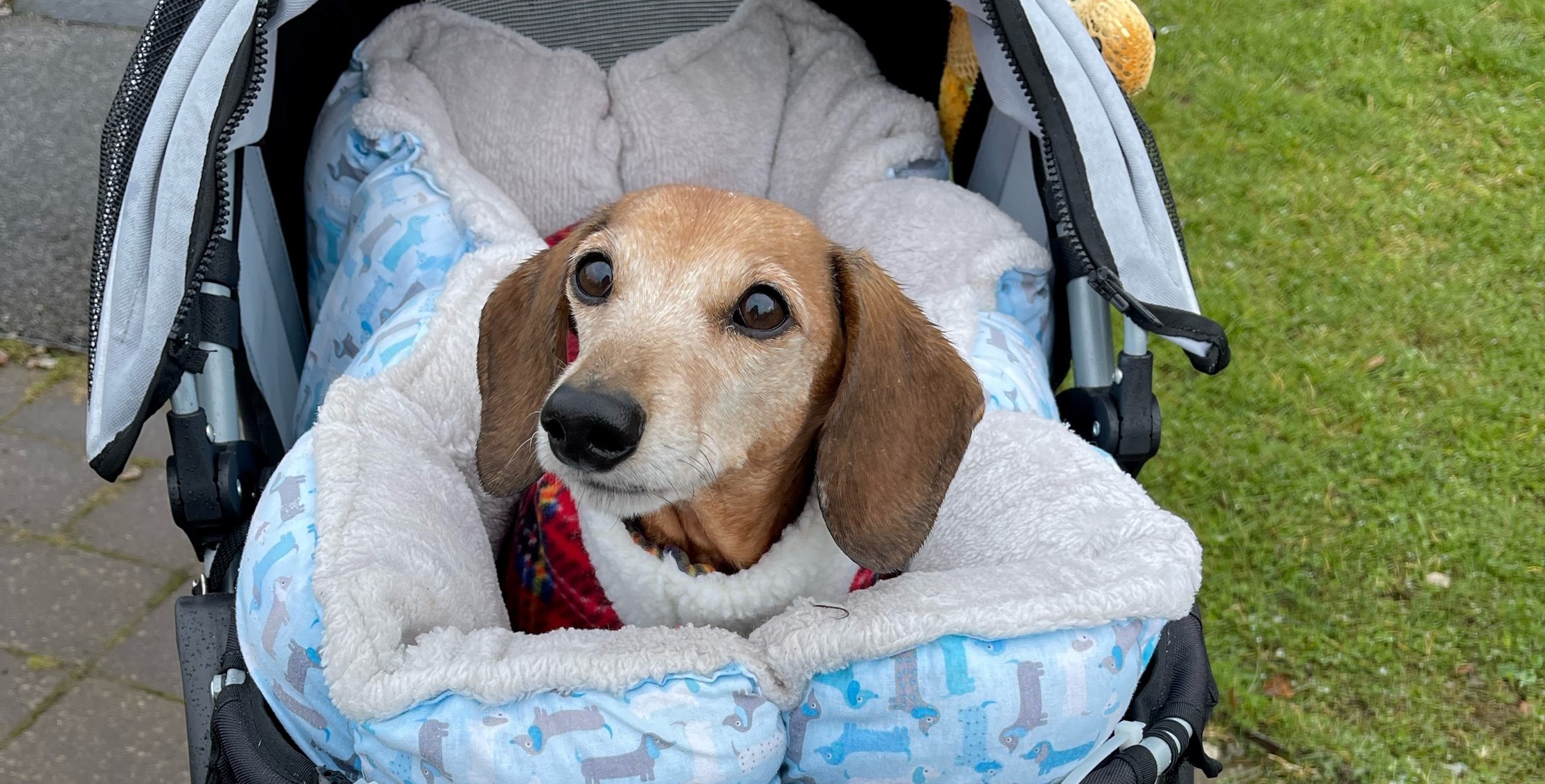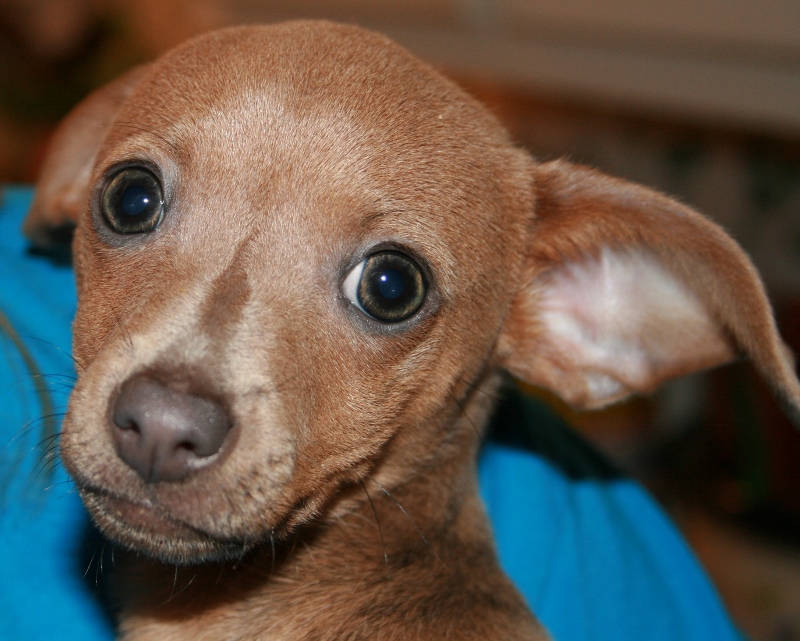If your dog has IVDD, the main treatment options are surgical and non-surgical. You might be […]
It’s essential to keep your dog safe following injury or surgery. Too much rushing about can […]
Why have we been measuring dogs? The recovery crate, pen or room must offer sufficient space […]
I don’t have enough time for crate introduction. What should I do? It is best to […]
Introduction to the recovery crate: Method 2 It is always best to introduce your dog to […]



